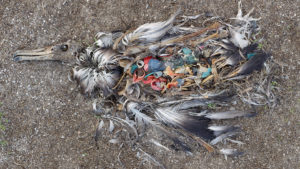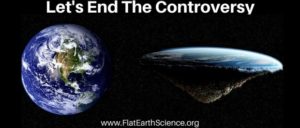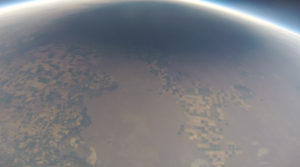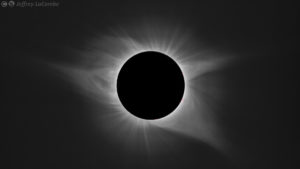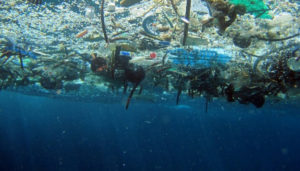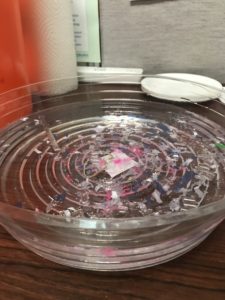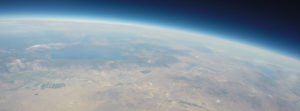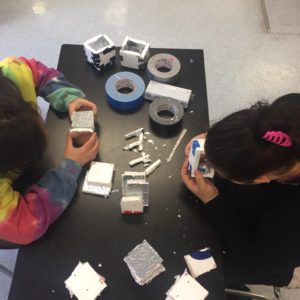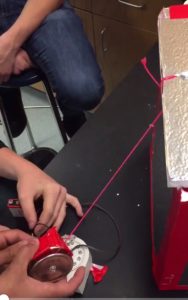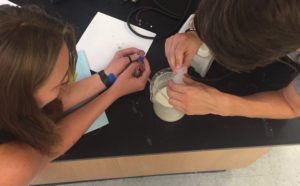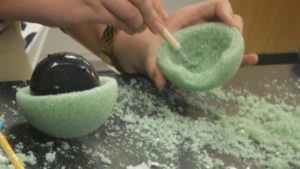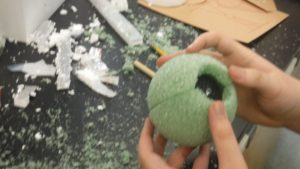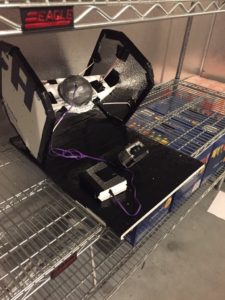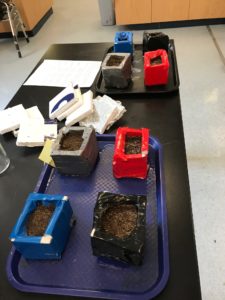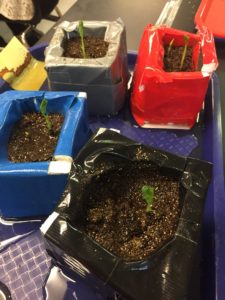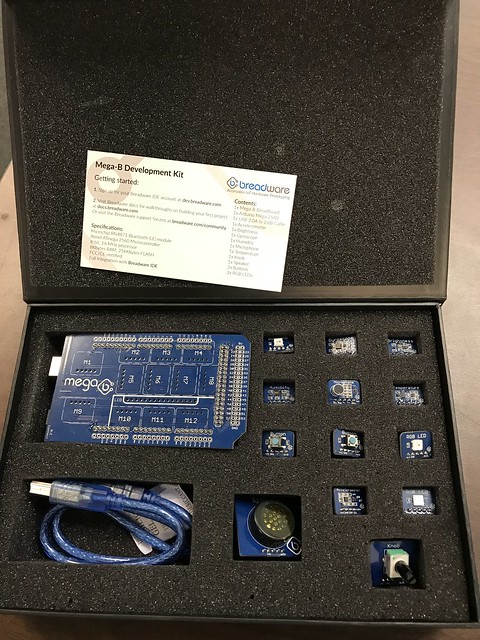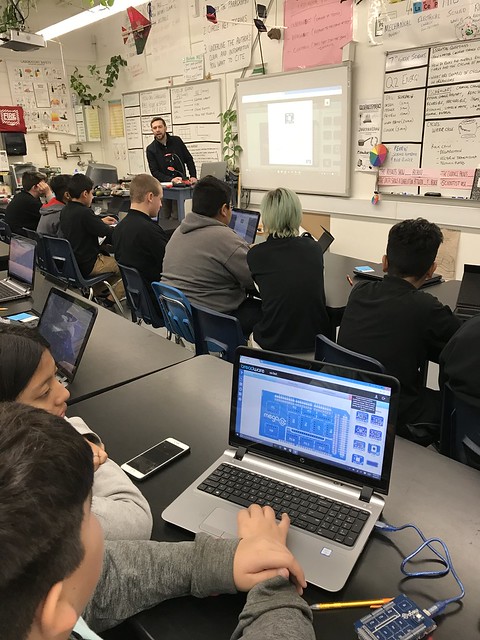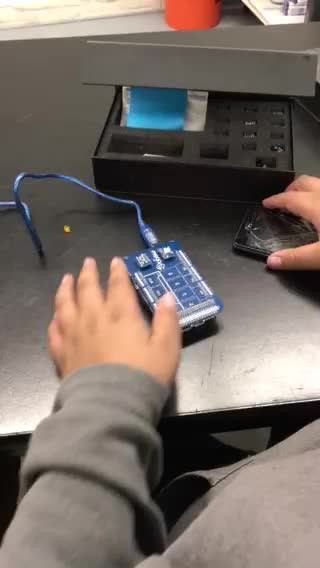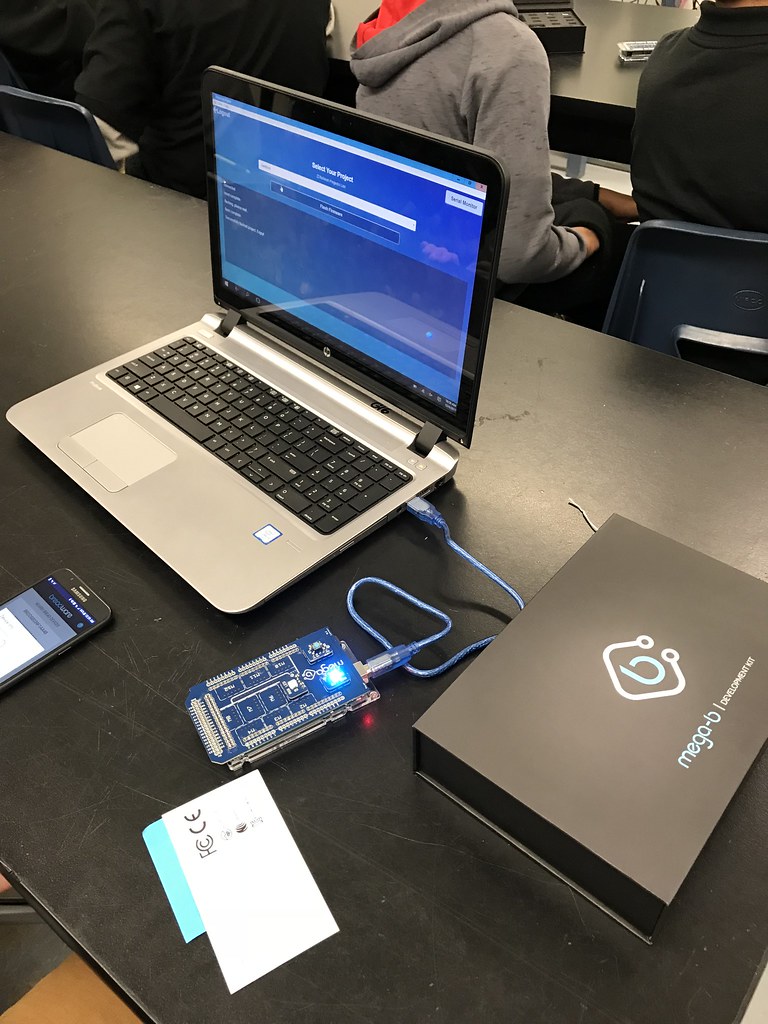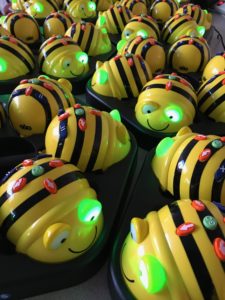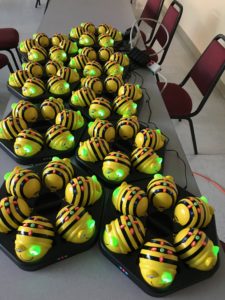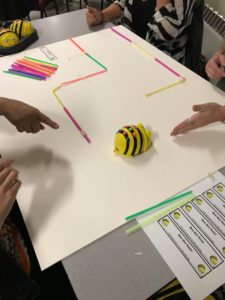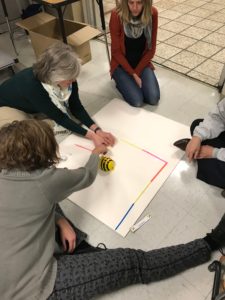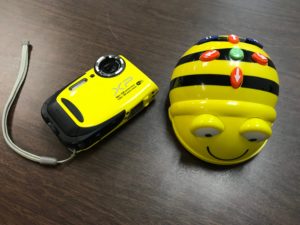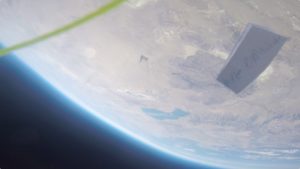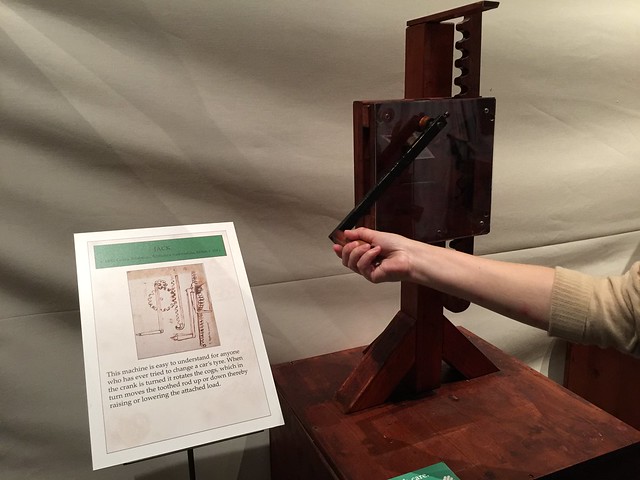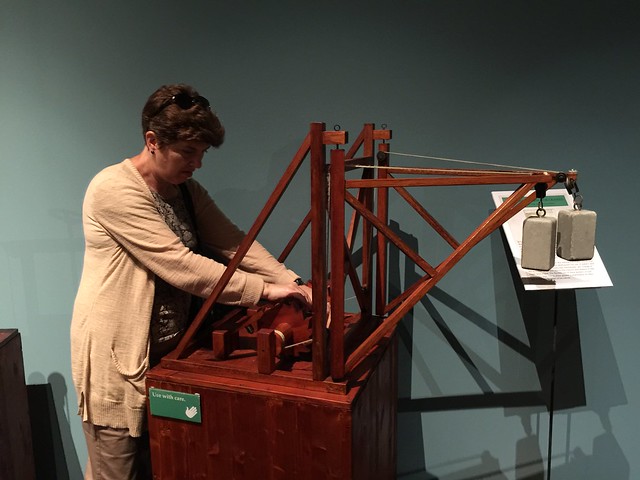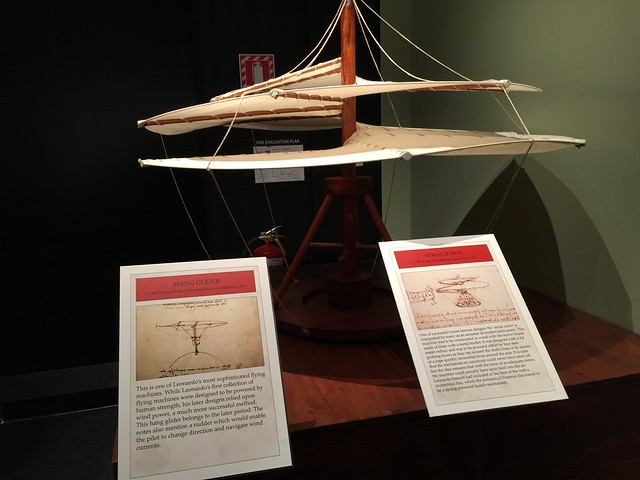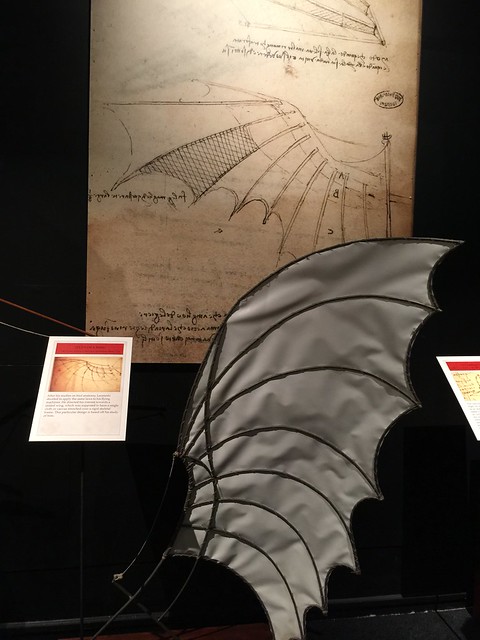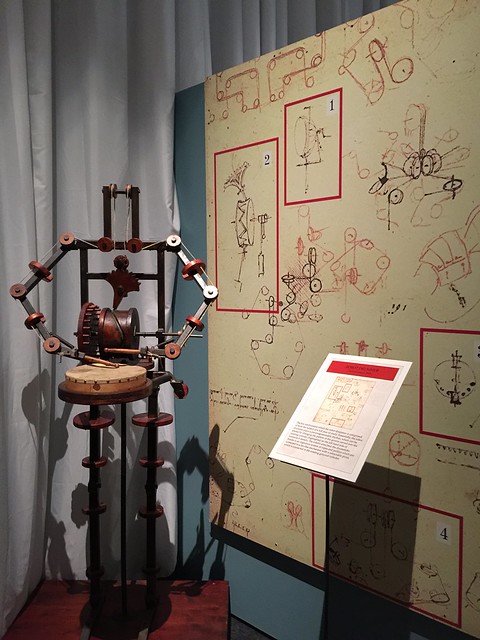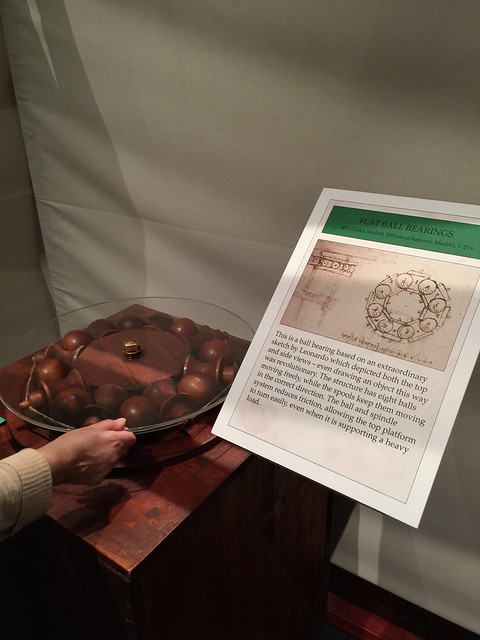I wrote a couple of weeks ago about a 5th Grade Engineering Fellows Program I am co-facilitating here in Nevada. We are kicking off the program soon with a lesson on plastic waste in the ocean (follow the link above to see a video and more that explains the issue). We’ll share some video and other background, and then to make a long story short, we’ll challenge the teachers (and then they’ll go back to their classrooms and challenge their students) to engineer solutions to gathering the waste (although some experts contend that instead of focusing on collection, the main effort should be on not adding additional plastics to the oceans). I’m hoping to add the entire plastics lesson we are building in a future post.
Then in a very timely fashion I was made aware of the contest I pasted the press release about below. More info about the contest can be found here NevadaRecycles.nv.gov. We will share this with our “fellows” as a way to add an art connection to their engineering piece. For those Nevada teachers / residents that are interested here is the press release:
From: Recycling and Water [mailto:ENVIRONEWS@LISTSERV.STATE.NV.US] On Behalf Of Patricia Moen
Sent: Wednesday, August 29, 2018 9:02 AM
To: ENVIRONEWS@LISTSERV.STATE.NV.US
Subject: 2018 Recycled Art Contest
FOR IMMEDIATE RELEASE
Contact: Southern Nevada: Rachel Lewison, rlewison@ndep.nv.gov, 702-486-2850, ext. 268
Northern Nevada: Patty Moen, pmoen@ndep.nv.gov, 775-687-9466
5th Annual Statewide Recycled Art Contest
Make a Difference. Make a Masterpiece
CARSON CITY, NV – The Nevada Recycles program has partnered with The Venetian Resort Las Vegas to support a statewide recycled art contest to increase Nevadans’ awareness and interest in recycling. In support of Earth Day’s 2018 campaign to End Plastic Pollution, this year’s projects must be made with used or found plastic materials. Fastening materials may include tape, glue and/or string, and other materials as needed for structure or support. Submission of an entry form and photos of artwork are due by October 24, 2018.
In addition to a $250 prize to the first place class project, The Venetian will provide first, second and third prizes ($200, $100 and $50 respectively) in five categories: Kindergarten-Grade 5, Grades 6-8, Grades 9-12, Adult, and Professional Artist.
In 2017, Nevada’s recycling rate was 21%. Based on residential and commercial sector data, Nevadans (including the influence of the tourist population) throw away about 5.8 pounds of trash, per person, per day. That is approximately four million tons of trash that enters a landfill each year.
“Recycling is the easiest thing we can do to save energy, conserve natural resources and create green jobs,” said Pranav Jampani, Director of Sustainability for The Venetian, The Palazzo and Sands Expo.
Winners will be announced on America Recycles Day, which is Thursday, November 15. More information about the contest, along with submission guidelines, is available at NevadaRecycles.nv.gov.
Patty Moen
Northern Nevada Recycling Coordinator
Solid Waste & Recycling Branch
Bureau of Sustainable Materials Management
901 S. Stewart Street
Carson City, NV 89701
pmoen@ndep.nv.gov
Learning is messy!!

